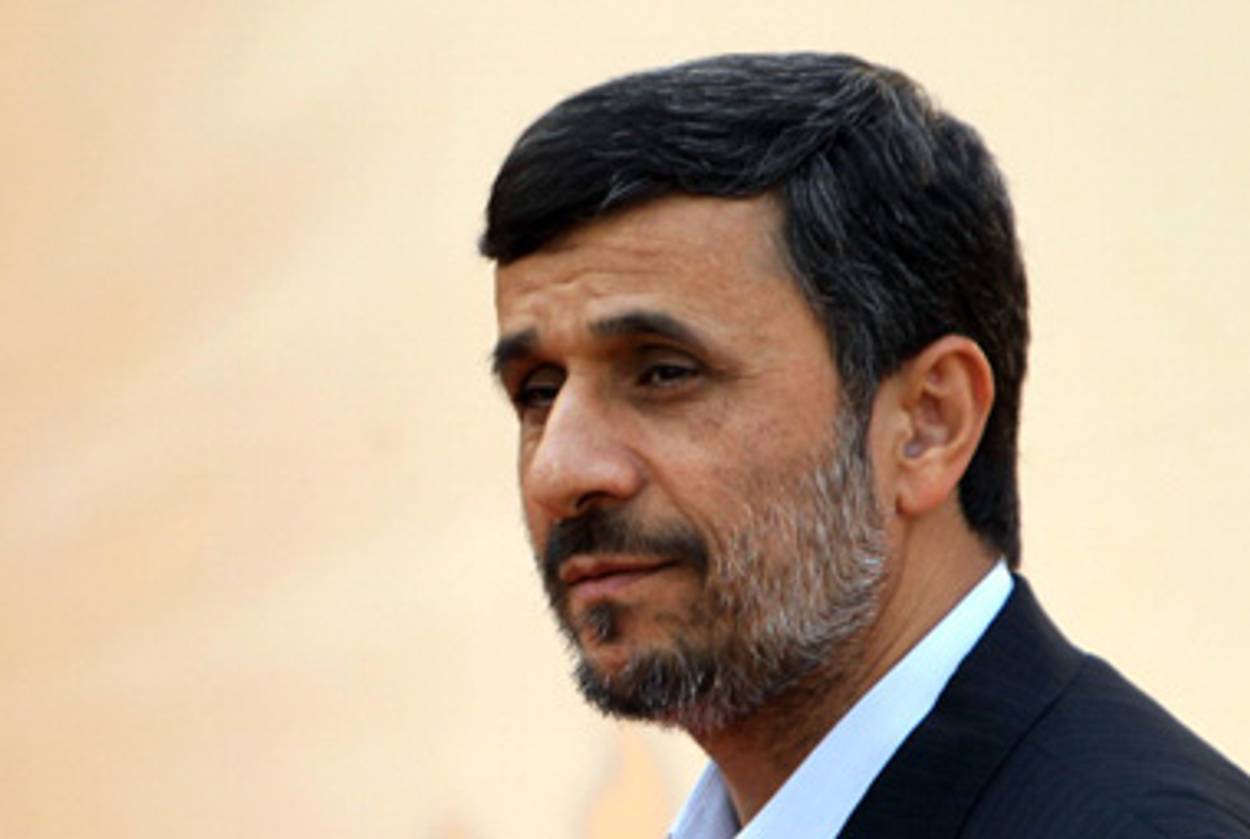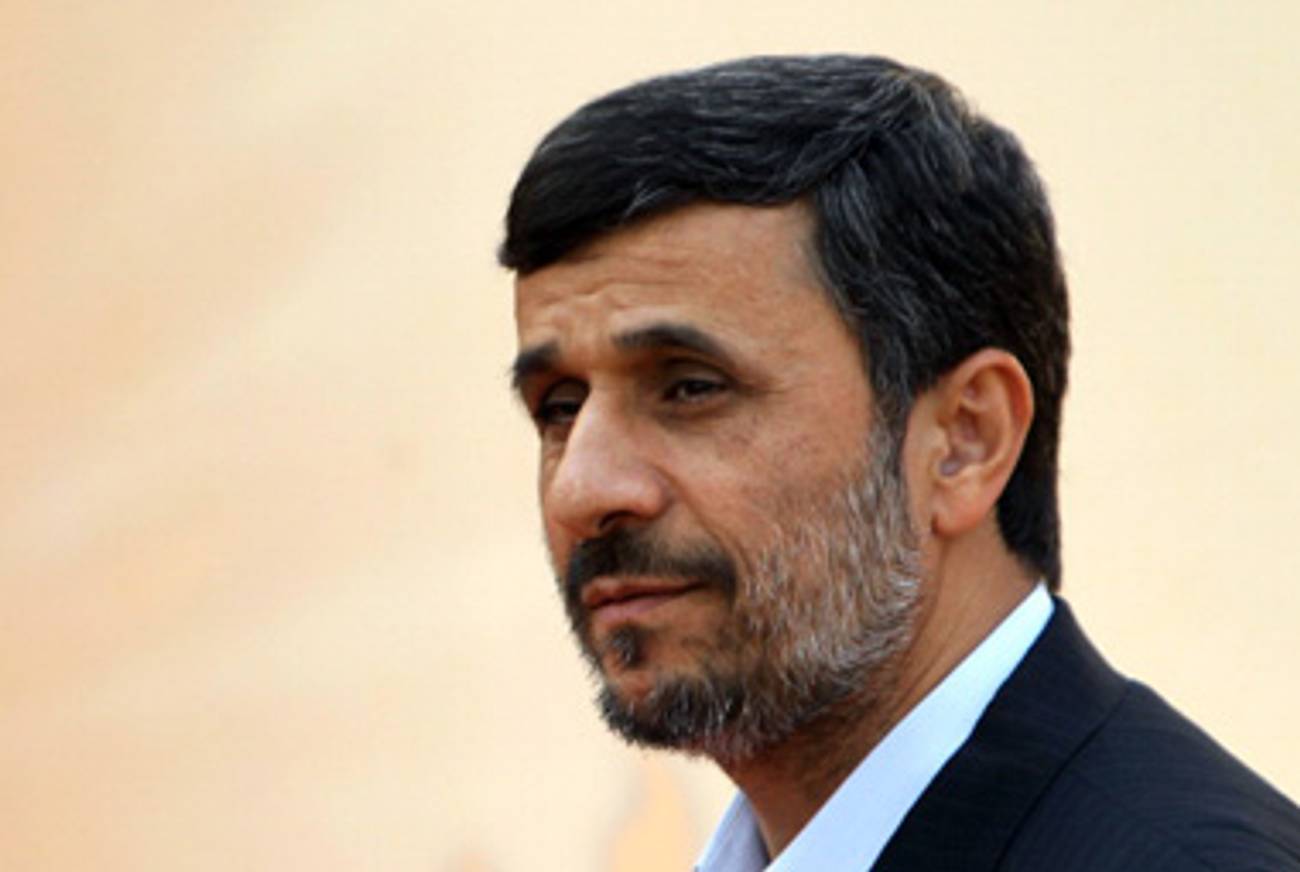Iran Is Better-Armed Than We Thought
Leaks also confirm that Arab states favor bombing




The headline of the relevant New York Times article is, “Around the World, Distress Over Iran.” Well, duh. But we should pay attention nonetheless.
The quarter of a million U.S. diplomatic cables leaked through the Wikileaks organization and published yesterday in several newspapers mostly revealed that our worst fears, grounded in things we already knew, are shared by State Department professionals privy to non-public information (although over half of the leaked cables were not classified). They are the geopolitical equivalent of Kinsley gaffes, slip-ups embarassing precisely because they confirm what people already thought to be true.
The Times’s lead bulletpoint, for instance, describes U.S. concerns that Pakistan has enriched uranium that could be used to make illicit weapons for very bad people. Well, we knew Pakistan was a nuclear state; that the father of the Pakistani bomb, A.Q. Khan, is the world’s worst individual proliferator; that Pakistan maintains alliances with radical Islamic groups (like the one that murdered hundreds in Mumbai). So this new tidbit, of “a dangerous standoff with Pakistan over nuclear fuel,” is scary, but it is not shocking.
Or as Laura Rozen put it, “The classified diplomatic discussions on Iran revealed in the cables are not all that different from what one would expect from following the public comments senior U.S. officials have made on the Iran issue the last several months.” I will address other revelations, including ones touching on the Mideast peace process, Egypt, and Turkey, in a future post. The Iran stuff has been among the most buzzed-about.
We learn that Iran is being armed by North Korea with far more sophisticated missiles than was thought they had. This is alarming, of course. It also might help explain why Russia has been on-board sanctions efforts—those suckers could reach Moscow. I haven’t seen any cables that definitively pinpoint where Iran is in terms of effectively weaponizing nuclear technology, though they do suggest that U.S. diplomats believe Israel is overstating just how close Iran is.
The leaders of Arab states, including Saudi Arabia and the United Arab Emirates, are if anything even more bullish on attacking Iran’s facilities than Israel—a revelation that certainly provides a frisson of vindication to hawks and Israel especially. But surprising? Tablet Magazine contributing editors Jeffrey Goldberg and David Samuels, as well as basic common sense, have long supposed that Arab states fear the non- and at times anti-Arab regional hegemon’s going nuclear, and would love to see it disrupted in a manner such that they can have plausible deniability (indeed, even plausible condemnability)—such as, say, a limited U.S. attack. King Abdullah said, regarding Iran, that the United States should “cut off the head of the snake.” Dramatic? You bet. Puzzling? Not really. As Tablet Magazine contributor Yossi Melman wrote, “It would have been sufficient to read pundits and journalists who cover the Mideast to see that everyone is in agreement on this issue. Everyone would like to see the United States bomb Iran.”
In early 2009, we learn, Israeli Defense Minister Barak implied to the U.S. that Israel might feel the need to strike before the end of 2010, after which collateral damage could become unacceptable. (One month to go!) This threat may have been designed chiefly to prod the United States to action (certainly this was among its goals); and even if it was based on a clear-eyed assessment of available intelligence, such intelligence came from over 18 months ago, before sanctions and sabotage and Stuxnet and presumably updated intelligence.
We learn that Mossad head Meir Dagan has been a longtime lobbyist for trying to topple Iran’s regime through various Iranian minority groups.
We learn that Supreme Leader Khamanei has terminal leukemia. Of course, that’s from a cable that dates into last year, so who knows.
Finally (for now), we learn that Iran uses the Iranian Red Crescent (their version of the Red Cross) to smuggle weapons and agents into Syria, Lebanon, and elsewhere. Even those with uncharitable views of the Iranian leadership can be excused for being a bit chilled at just how low this is.
A thought: If these revelations don’t surprise you, smug vindication isn’t the best response—steadfast determination to hope for and work toward a good resolution of the Iranian crisis is. And if these revelations do surprise you, stubborn resolve to ignore them isn’t the best response—acknowledgement that there is such a thing as the Iranian crisis is.
Marc Tracy is a staff writer at The New Republic, and was previously a staff writer at Tablet. He tweets @marcatracy.